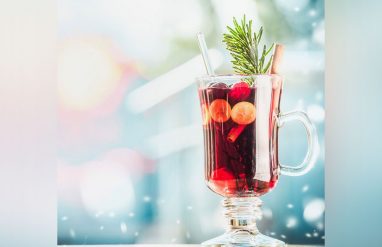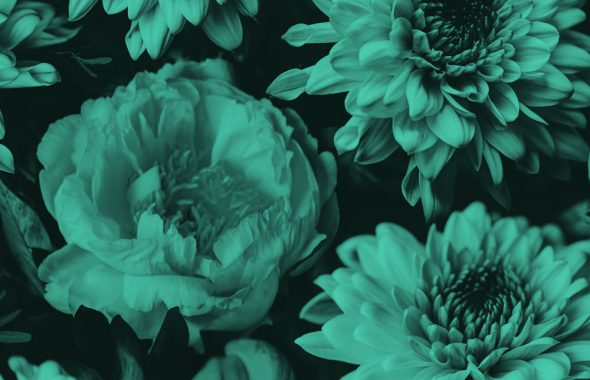Pinot noir
Sure, we know the best terms to describe wine (think steely or balanced, and check out the Cryptic Language of Wine for more), but what about the actual wines themselves? There are many different types out there with interesting back stories, unique flavors, and things to consider when ordering.
And, pinot noir is one of the most popular.
Pinot noir came about in Burgundy, France where it is referred to as “red Burgundy” today. It is made from a certain red-wine grape (that’s pretty hard to grow) and has a French name relating to the words “pine and black.”
Flavors: Expect a mix of black cherry, berry, and mushrooms. You might even get a hint of autumn in there, such as “fallen leaves.”
How to purchase: Look for Pinots that come from California, Chile, Oregon, or New Zealand. These wines are rich in flavor (and fruitier than those from France) without costing you too much.
























